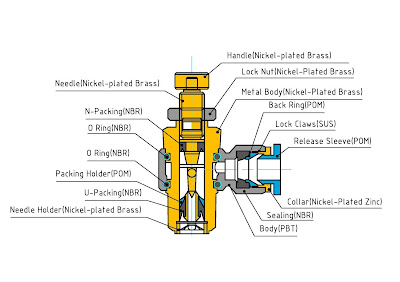5 commonly used seals material for solenoid valve seals
The seals material for a solenoid valve is an important role to ensure long working life for solenoid valve. Selecting the correct sealing material for your solenoid valve requires to consider below factors.
1)Chemical compatibility.
2)Temperature of the medium
3)Working pressure and burst pressure
XHnotion will describe the most common 5 seal materials available for solenoid valve.
1. Nitrile Rubber(NBR /Buna-N)
Main used for diaphragm, O rings and seal material, Suitable for air, gas, liquid, water, light oil etc, Fluid temperature -18℃ to 80℃. NBR is the most common and standard solenoid valve seals material. Nitrile Rubber is weak in terms of oxidising media such as acids and poor to resist the sunshine. NBR seals have a good abrasion and tear resistance.
(1) NBR seals are most commonly used with the following media: Water, Air, Different Fuels, Oils, and Gases, vacuum.
(2) NBR has a good resistance to:
- Milk
- Wine
- Alcohol
- Diesel
(3) NBR has a poor resistance to:
- Ozone
- Ammonia
- Steam
4. PTFE(Teflon)
Teflon is a brand name for PTFE . Almost it can be suitable for all fluid. PTFE is non elastic (not flexible), as dynamic seal material, it will be leakage especially the medium is gas. But it is usually used for high temperature and high pressure solenoid valve.
(1) PTFE seals are most commonly used with the following media:
- Steam
- Food industry
(2) PTFE has a good resistance to:
- Load reformation
- Wear
- Abrasion
- Most chemicals
(3) PTFE has a poor resistance to:
- Hydrofluoric acids
- Hot caustic solutions
For more information pls visit: http://www.xpneumatic.com/5-commonly-used-seals-material-solenoid-valve-seals/



Comments
Post a Comment